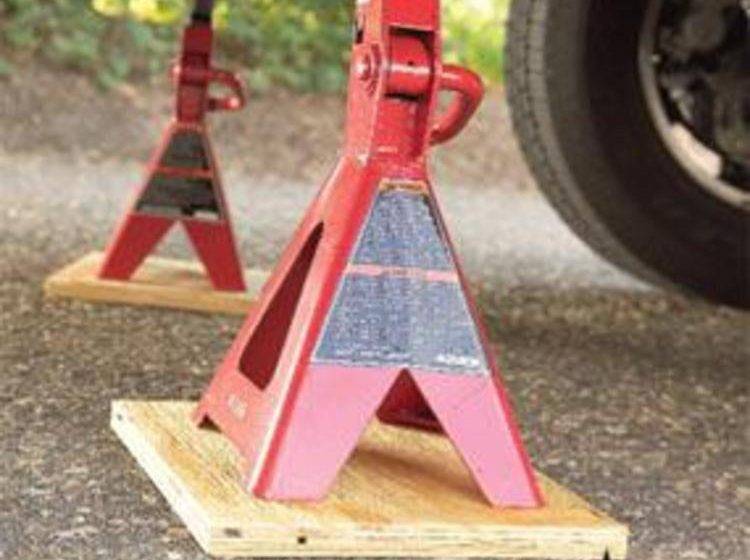Long-Term Storage Tips for Classic Car Owners

Classic cars are stylish, unique, and brimming with character. It might be hard to find replacement parts from time to time, and storing them for the long haul can be a bit more challenging, especially if some of them still carry their original parts.
What's more, it's not immune to dead batteries, damaged engines, and flat tires that all stored vehicles undergo--especially if you store it, long-term. And when we say long-term, we mean around a year or so. Don't confuse this with short term, where you let it stand for around three months or less.
Here are tips on how to store them:

1. Change the oil and fill the tank with fuel.
Make sure to change the oil filter and engine oil. Otherwise, minute sediments might pool down below and clog the system once you start driving your vehicle once again.
When it comes to filling the tank with fuel, you should first consider whether your car runs in gasoline or diesel.
Gasoline: If your car runs in gasoline, then it's best to drain it off completely. Gasoline in the Philippines contain ethanol, which can be corrosive to metal once it remains in the fuel system for a long period of time. More important, however, is that gasoline can slowly leave deposits for long periods of time. That's why it's better to drain the tank completely.
Diesel: Fill the tank with gas. Make sure to fill it completely to prevent moisture from settling on open parts of the fuel tank. This prevents rust from forming on the surface.
You should also add a fuel stabilizer to prevent the fuel from thickening over time. Once you're finished, drive it for a short distance to allow the fresh oil to circulate around the entire system.
NOTE: Some say that you can use this procedure not just for diesel cars but also for gasoline cars as long as you add a fuel stabilizer. This is highly-debatable, but many car experts think it's better to just drain the gasoline tank completely
2. Clean and wax your car.
Your car should be clean before you store it. Otherwise, the dust and dirt might scratch the paint, or worse--slowly attach itself on the surface and corrode the metal over time.
That's why we'd recommend waxing the entire car first. They can help protect your car's exterior far better than just cleaning it.
Cleaning your car also means getting rid (and avoiding) unwanted smells. Buy a box of baking soda, open it, and place inside the car to help absorb the smells. For maximum power, add a box of charcoal to intensify odor absorption.
By the way, don't forget to lubricate your car, especially the cylinders, spark plugs, doors--or anything with hinges and screws. This will prevent rust from forming on their surfaces.
3. Disconnect the battery.
Batteries lose their charge over time, so it's best to just disconnect the negative battery's cable. Note that it will reset your stereo's settings (like the display, time, and memory), so if you don't want that to happen, then purchase a trickle charger, instead. This gadget transfers just enough electricity to your battery so it wouldn't lose its charge completely.
4. Fill your tires up.
Fill your tires to its maximum PSI. Get a piece of wood block--like a thin plywood--to prevent the them from sinking into asphalt or leaving rust stains on the concrete. Then get a jack stand, position it on top of the wood blocks, and prop your car over them.
You might be wondering why you need to place it on a jack stand. Here's why. Tires--no matter what type they are--develop flat spots over time, and they may (or may not) disappear when you drive them again. In fact, chances of them staying them permanently becomes bigger once your tires are stored for more than half a year.
 @www.familyhandyman.com
@www.familyhandyman.com5. Seal all openings.
There are some cases where rats can get comfortable and establish a nest-home inside your car's exhaust system. Worse still, they may travel farther up, and get inside your car's air-con, air filter, or even heater for a snugger abode.
You can prevent this from happening by turning on your engine, switching the heater to "recycle", and then turning off the engine and filling in the filter with some dense sponge or steel wool inside. Make sure to plug in the exhaust system as well, since most rodents tend to stay there first.
Reminder: Don't forget to take them out once you drive your car again. To help you remember, make sure to label each of them.
6. Cover with breathable fabric--not plastic.
Moisture might get trapped between the car's surface and the plastic, which can lead to rust and corrosion. Better to use a breathable fabric to allow the air to circulate in and out of the cover.
7. Use a tire stopper instead of hand brakes to keep your car stationary.
Using hand brakes for a long time isn't advisable, since this adds too much pressure to the brake pads and rotors. It's better to use a tire stopper (or a chock) to prevent the car from moving.
Featured Articles
- Latest
- Popular
Recommended Articles For You
Featured Cars
- Latest
- Upcoming
- Popular
Car Articles From Zigwheels
- News
- Article Feature
- Advisory Stories
- Road Test
